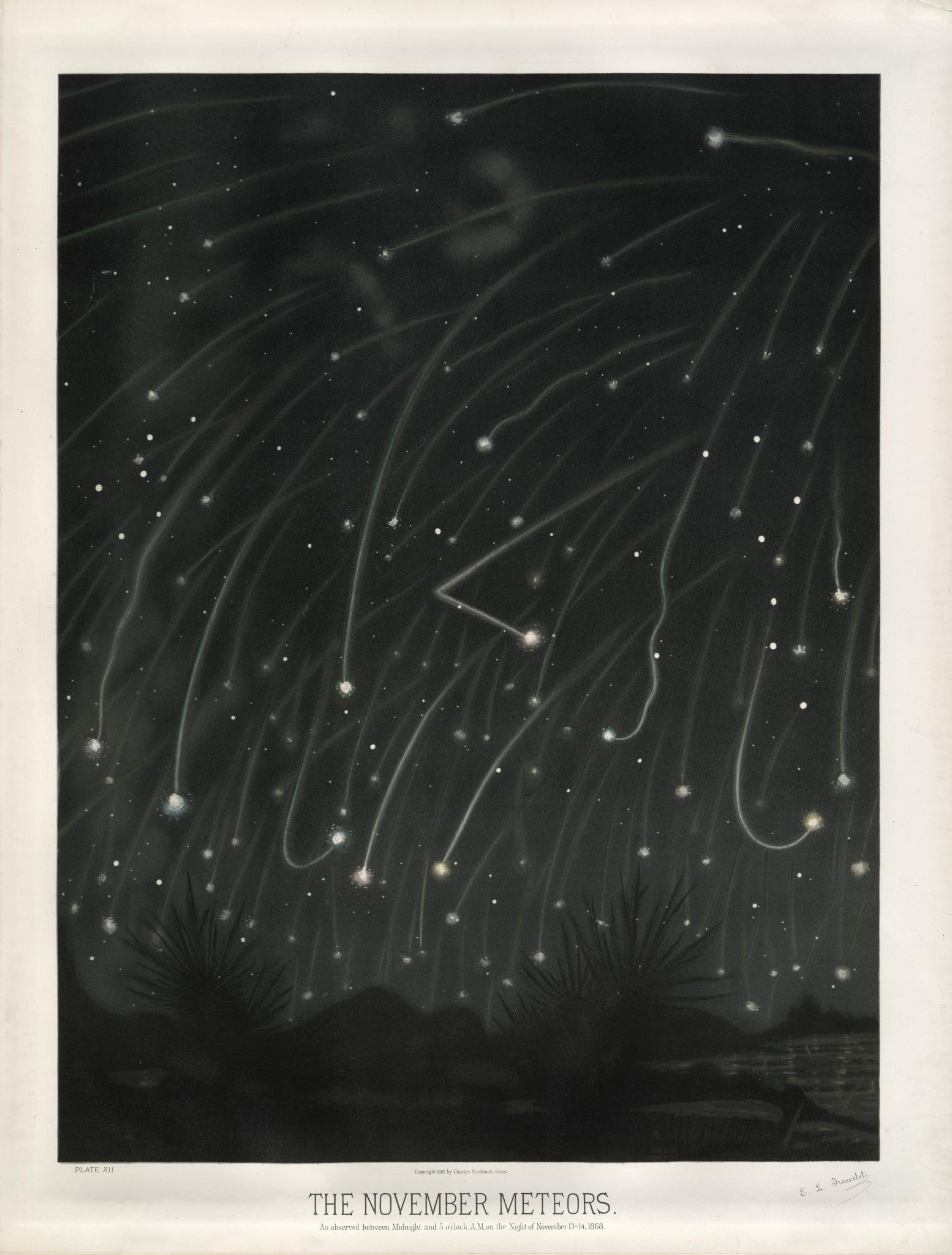
Photo Credit
Yienkeat/Shutterstock
Subhead
When Is the Next Leonid Meteor Storm?
More Like This
I remember waking my sons from bed one night. The night sky had a full sky shower going on, and I got them up, bundled them up, we set up sleeping bags outside. Oh, they absolutely loved that night and never forgot it. Today, one is a photographer learning and practicing night photography, and the other son, has a telescope. They love meteor showers. I think that love will stay with them for life!










Comments